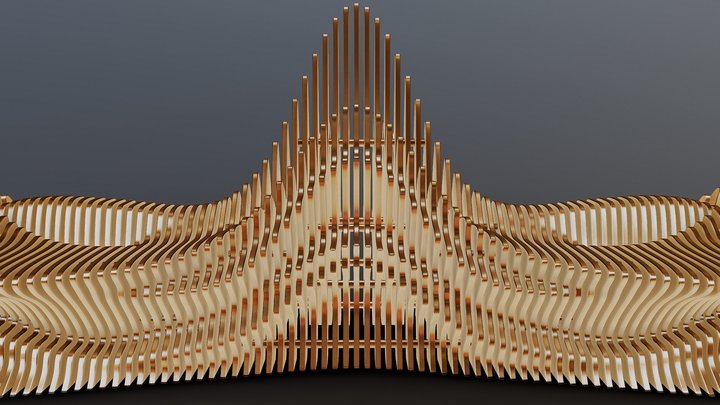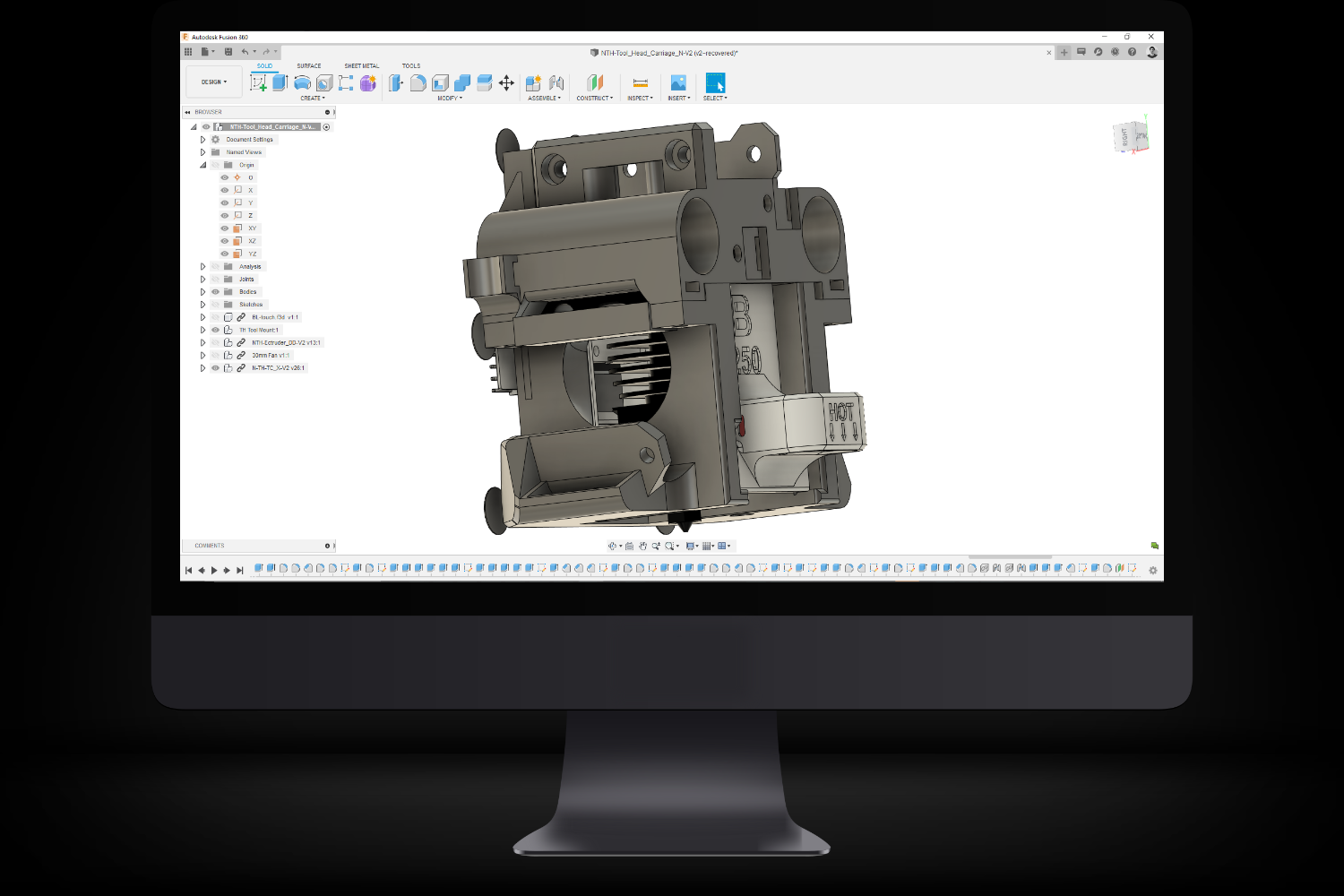

.png)
3D models can be viewed from several different angles.It has the capability to generate flexible designs.Parametric 3D modeling offers several significant advantages over traditional 2D drawings: An object is then created by connecting these spatial points. Boolean operations are used for constructing a model, and CSG is a combination of 3D solid primitives that are manipulated through Boolean operations.īoundary representation generates a solid model by defining surfaces that make up its spatial boundaries. There are two different parametric representational models – constructive solid geometry (CSG) and boundary representation (BR).Ĭonstructive solid geometry defines parametric models by combining basic (primitive) and generated solid shapes. Parametric models can employ the same algorithm throughout, so that whenever a particular element is adjusted, the changes happen throughout the model. In this case, if the ceiling to floor height is changed, the walls will adjust on their own.

Let’s suppose a rule is created for ensuring that the walls in a room must reach the ceiling underside, and start at the floor level. Parametric rules create relationships between the different design elements.
#Parametric 3d modeling manual
The digital model is generated automatically by internal logic arguments instead of manual manipulation.
#Parametric 3d modeling series
These equations are a series of pre-programmed algorithms known as “parameters”. The equations must have real project information for the parametric models to have any legitimacy. But with parametric modeling, only one parameter needs to be altered, and the other two parameters get adjusted automatically.Ī set of mathematical equations are used for generating parametric models. For modifying a 3D shape, a designer has to edit the length, breadth, and the height. The subsequent attributes that are automatically interlinked change their features – allowing designers to define entire classes of shapes, and not just specific instances. Parametric modeling uses feature-based, solid, and surface modeling design tools for manipulating system attributes.


 0 kommentar(er)
0 kommentar(er)
